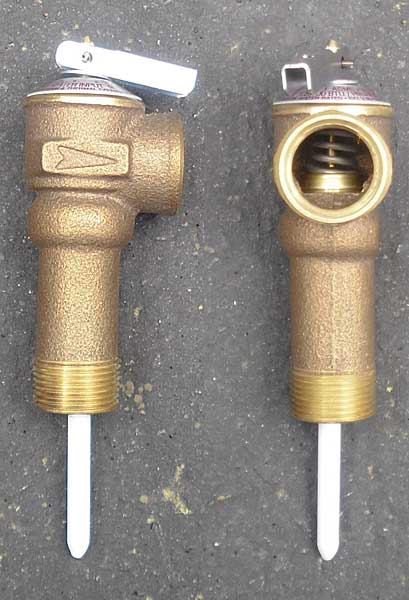Wyluq
New Member
I rent in an apartment complex. The floor under the tank was bowing which made the tank lean and misalign the exhaust vent. Maintenance came and put a thick piece of plywood under it to shore it up. I learned that the floor pan under it is made of gypcrete which is obviously degraded. After they drained and refilled the tank so they could stick the plywood under it, the pipe leading away from the Pressure Relief Valve kept leaking. ( I learned this part name by a diagram on the internet) They came twice to "fix" it. Their fixes looked mainly like they put sticky stuff on the screw threads where the pipes meet. The remaining water drips seem to be coming from where the pipes are just slid together inside each other but not joined with any connectors. It is still dripping. It's not voluminous dripping, just some steady wetness there. Is this a dangerous situation? What do I need to tell maintenance about this situation so I get them to diagnose and fix the problem correctly? Just trying to understand and manage this the best I can. Thank you for your help.
Last edited:

